Uranus, the seventh planet from the Sun, is one of the most enigmatic and fascinating worlds in our Solar System. Known for its distinctive blue color, tilted rotational axis, and unique ring system, Uranus presents a wealth of scientific intrigue. This expanded article provides an in-depth look at Uranus, exploring its physical characteristics, atmospheric composition, ring system, moons, exploration history, and scientific significance.
I. Overview of Uranus
1. Basic Facts
- Size and Mass: Uranus is the third-largest planet in the Solar System, with a diameter of about 50,724 kilometers (31,518 miles). It has a mass approximately 14.5 times that of Earth, making it a substantial gas giant. Despite its large size, Uranus has a relatively low density compared to the terrestrial planets.
- Orbit and Rotation: Uranus orbits the Sun at an average distance of about 2.9 billion kilometers (1.8 billion miles), or approximately 19.2 astronomical units (AU). It takes about 84 Earth years to complete one orbit around the Sun. Uranus has an unusual rotational period, completing one rotation approximately every 17.24 hours.
- Axial Tilt: One of the most distinctive features of Uranus is its extreme axial tilt of about 98 degrees. This means the planet essentially rotates on its side relative to its orbital plane. As a result, Uranus experiences extreme seasonal variations, with each pole spending about 42 years in continuous sunlight or darkness.
2. Appearance
- Color and Atmosphere: Uranus is known for its striking blue-green color, which is due to the presence of methane in its atmosphere. Methane absorbs red light and reflects blue and green light, giving the planet its characteristic hue.
- Cloud Bands: Uranus’s atmosphere is relatively featureless compared to Jupiter or Saturn, with only subtle cloud bands and occasional dark spots. The lack of prominent cloud bands is due to its weak internal heat and lack of strong convective processes.
II. Atmospheric Composition and Dynamics
1. Composition and Structure
- Atmospheric Layers: Uranus’s atmosphere is primarily composed of hydrogen (about 83%) and helium (about 15%), with trace amounts of methane (around 2%). Methane is responsible for the planet’s blue color. The atmosphere is divided into several layers, including the troposphere, stratosphere, and thermosphere.
- Temperature: Uranus has one of the coldest atmospheres in the Solar System. The temperature in the upper atmosphere is around -224 degrees Celsius (-371 degrees Fahrenheit). The planet does not emit significant internal heat, which contributes to its frigid temperatures.
2. Weather and Climate
- Wind Patterns: Uranus exhibits relatively weak wind patterns compared to other gas giants. However, it does experience strong zonal winds in its upper atmosphere, with speeds reaching up to 900 kilometers per hour (560 miles per hour). These winds create faint banding in the planet’s atmosphere.
- Storms and Cloud Features: Uranus has been observed to have some localized storm activity and cloud features, including dark spots and bright clouds. These features are less prominent than those observed on Jupiter and Saturn.
III. Ring System
1. Discovery and Structure
- Discovery: Uranus’s ring system was discovered in 1977 during an occultation of a distant star by the planet. The rings were detected by observing the way the star’s light was dimmed as it passed behind Uranus.
- Ring Composition: The rings of Uranus are composed primarily of dark, icy particles. They are less reflective than the rings of Saturn and are thought to consist mainly of water ice with some rock fragments.
- Ring Structure: Uranus has 13 known rings, which are classified into three main groups: the brighter, narrow rings (the Alpha, Beta, and Gamma rings) and the fainter, wider rings. The rings are irregular and have varying levels of brightness and density.
2. Dynamics and Formation
- Ring Dynamics: The rings are influenced by the gravitational forces of Uranus’s moons, which help to maintain the structure of the rings and create gaps and divisions. The interactions between the rings and the moons are crucial for understanding the dynamics of the ring system.
- Formation Theories: The origin of Uranus’s rings is still a subject of research. They may have formed from the remnants of a shattered moon or captured debris from the planet’s formation. The rings could also be remnants of material that never coalesced into a moon.
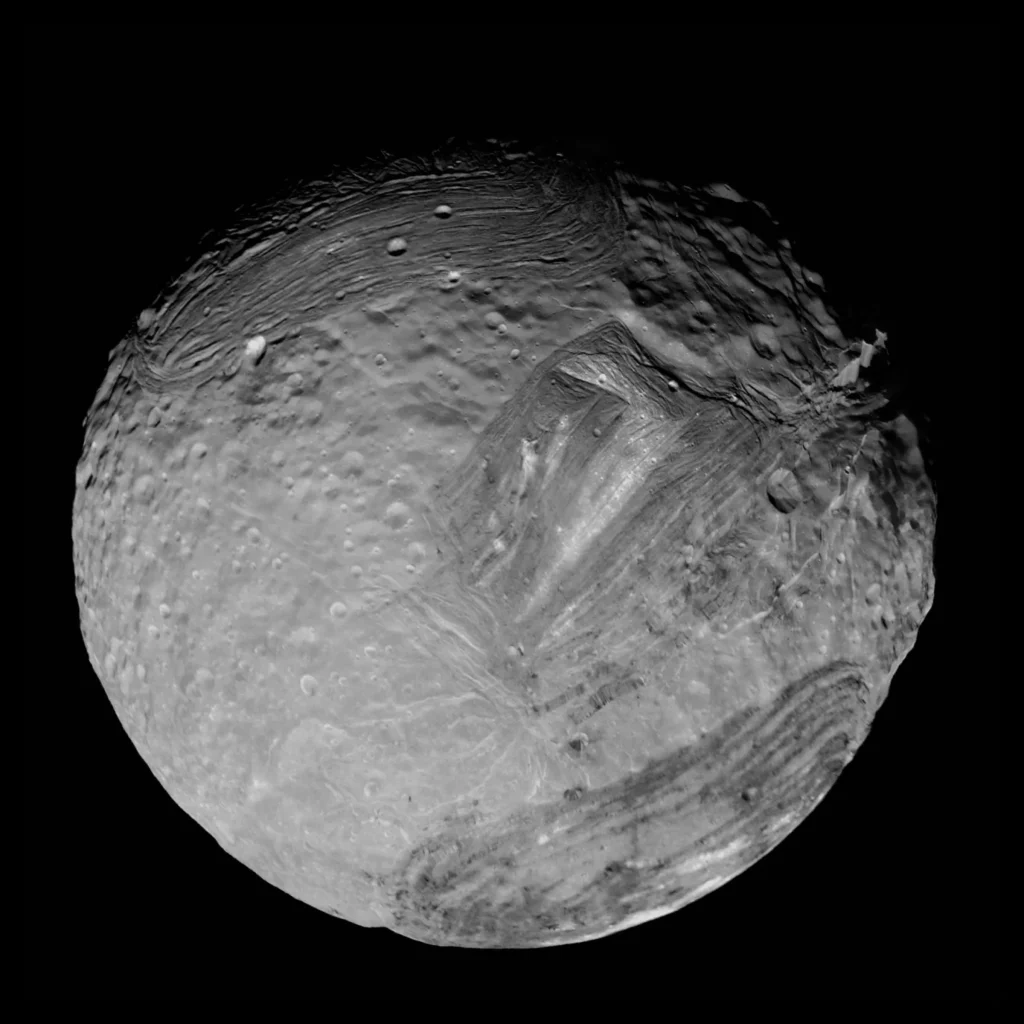
IV. Moons of Uranus
1. Major Moons
- Miranda: Miranda is one of Uranus’s smallest major moons but is notable for its dramatic surface features. It has a surface with extreme geological diversity, including large canyons, ridges, and chaotic terrain. Miranda’s surface has been shaped by both internal processes and external impacts.
- Ariel: Ariel is one of Uranus’s larger moons and is characterized by a young, geologically active surface with extensive canyons and valleys. The moon’s surface shows evidence of significant tectonic activity.
- Umbriel: Umbriel is a darker moon with a heavily cratered surface. It is less geologically active compared to Miranda and Ariel, and its surface is covered in old impact craters.
- Titania: Titania is the largest moon of Uranus and has a surface with a mix of old and young terrain. It features large canyons, ridges, and impact craters. Titania’s surface shows signs of past tectonic activity.
- Oberon: Oberon is the second-largest moon of Uranus and has a heavily cratered surface with some large valleys and canyons. It is the most distant of Uranus’s major moons and exhibits a combination of old and relatively young terrain.
2. Smaller Moons and Moonlets
- Puck: Puck is one of Uranus’s smaller moons and is irregularly shaped. It has a heavily cratered surface and is thought to be a captured object or a remnant of a larger body.
- Miranda’s Unique Features: Miranda is notable for its extreme geological features, including the Verona Rupes, a cliff that is over 5 kilometers (3 miles) high. The moon’s surface has been shaped by both internal and external processes.
V. Exploration History
1. Voyager 2 Mission
- Flyby and Discoveries: Uranus was visited by Voyager 2 during its flyby in 1986. The spacecraft provided the first close-up images and data on the planet, its rings, and its moons. Voyager 2’s observations revealed Uranus’s unique tilt, ring system, and the geological diversity of its moons.
- Scientific Instruments: Voyager 2 carried a suite of scientific instruments, including the imaging science system, the ultraviolet spectrometer, and the magnetometer. These instruments provided valuable data on Uranus’s atmosphere, rings, and magnetic field.
2. Future Missions
- Proposed Missions: There have been various proposals for future missions to Uranus, including orbiters and landers. These missions would aim to study the planet’s atmosphere, ring system, and moons in greater detail.
- International Collaboration: Future exploration of Uranus may involve international collaboration, combining resources and expertise from multiple space agencies to conduct comprehensive studies of the planet and its environment.
VI. Scientific Significance
1. Understanding Ice Giants
- Comparison with Neptune: Studying Uranus provides insights into the properties and dynamics of ice giants, a class of planets that includes both Uranus and Neptune. Comparing these two planets helps scientists understand their similarities and differences, including their atmospheres, magnetic fields, and ring systems.
- Formation and Evolution: Research on Uranus contributes to our understanding of the formation and evolution of ice giants. Studying the planet’s composition, atmosphere, and ring system helps scientists learn more about the processes that shaped these distant worlds.
2. Atmospheric and Climate Studies
- Atmospheric Dynamics: Uranus’s unique tilt and weak internal heat provide a different perspective on atmospheric dynamics compared to other gas giants. Studying the planet’s weather patterns, wind speeds, and cloud features helps scientists understand the range of atmospheric processes that occur in the Solar System.
- Seasonal Variations: The extreme axial tilt of Uranus results in unique seasonal variations, with each pole experiencing long periods of continuous sunlight or darkness. Understanding these variations provides insights into the effects of axial tilt on planetary climates.
3. Comparative Planetology
- Ring Systems: Uranus’s ring system, with its dark, narrow rings and complex structure, offers a contrast to the more prominent and reflective rings of Saturn. Studying Uranus’s rings helps scientists explore the diversity of ring systems in the Solar System.
- Moon Geology: The diverse geological features of Uranus’s moons, from Miranda’s extreme terrain to Titania’s canyon systems, provide valuable information on the processes shaping icy moons. Comparing these features with those of other moons helps scientists understand the geological evolution of celestial bodies.





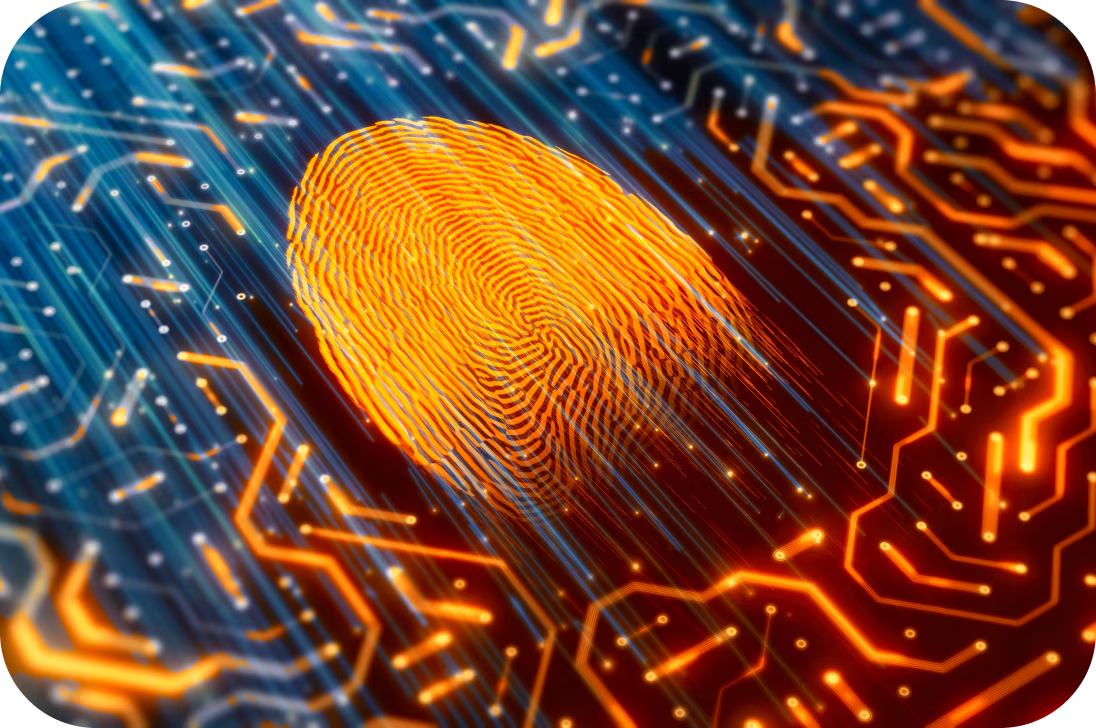
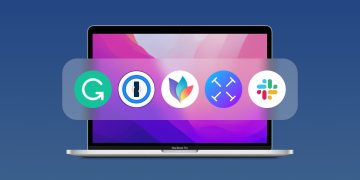
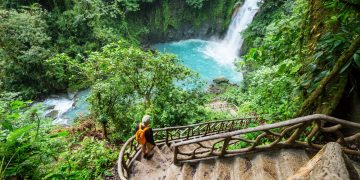





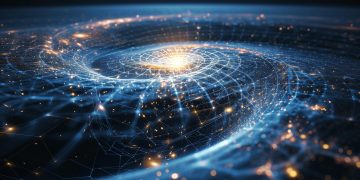
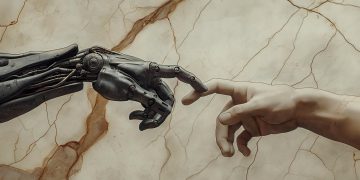




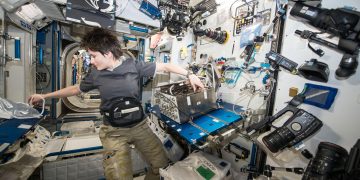
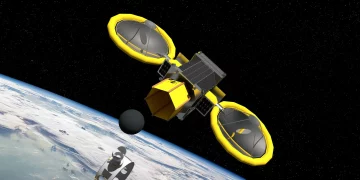

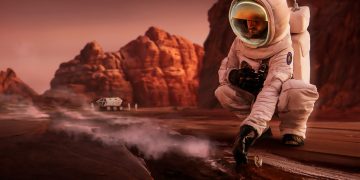




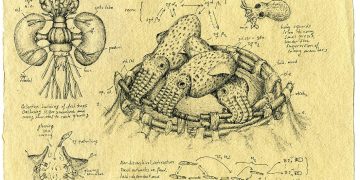
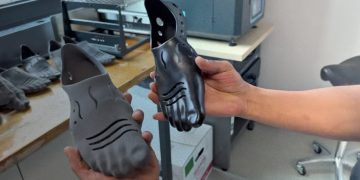





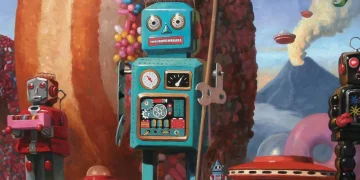
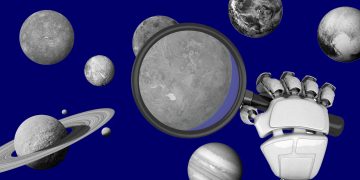

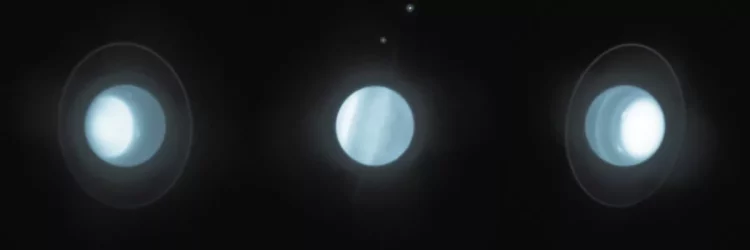












Discussion about this post